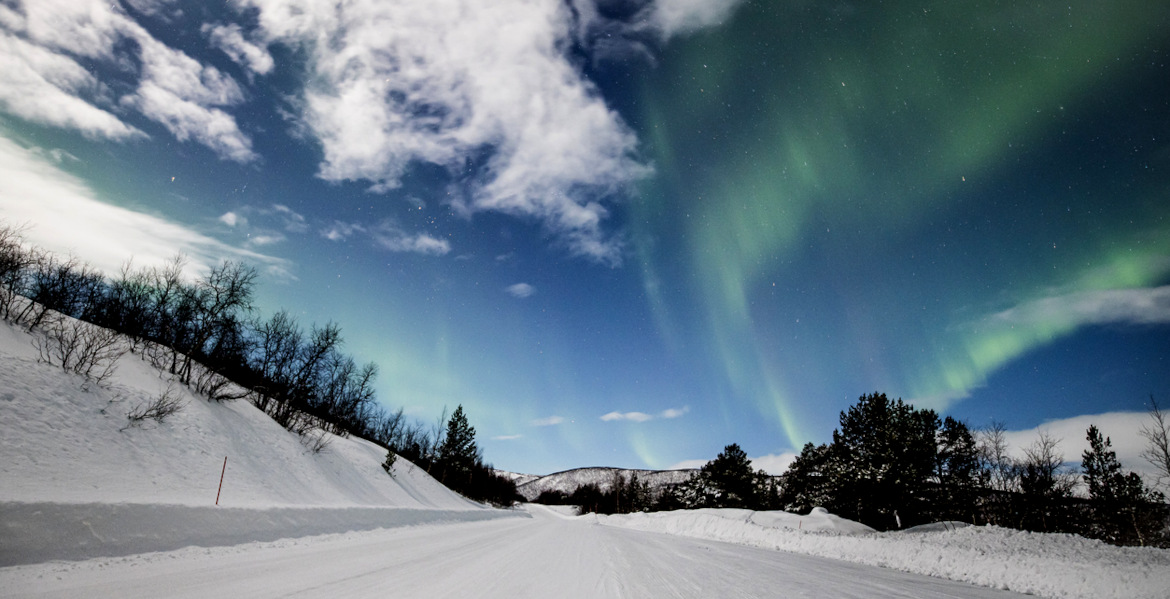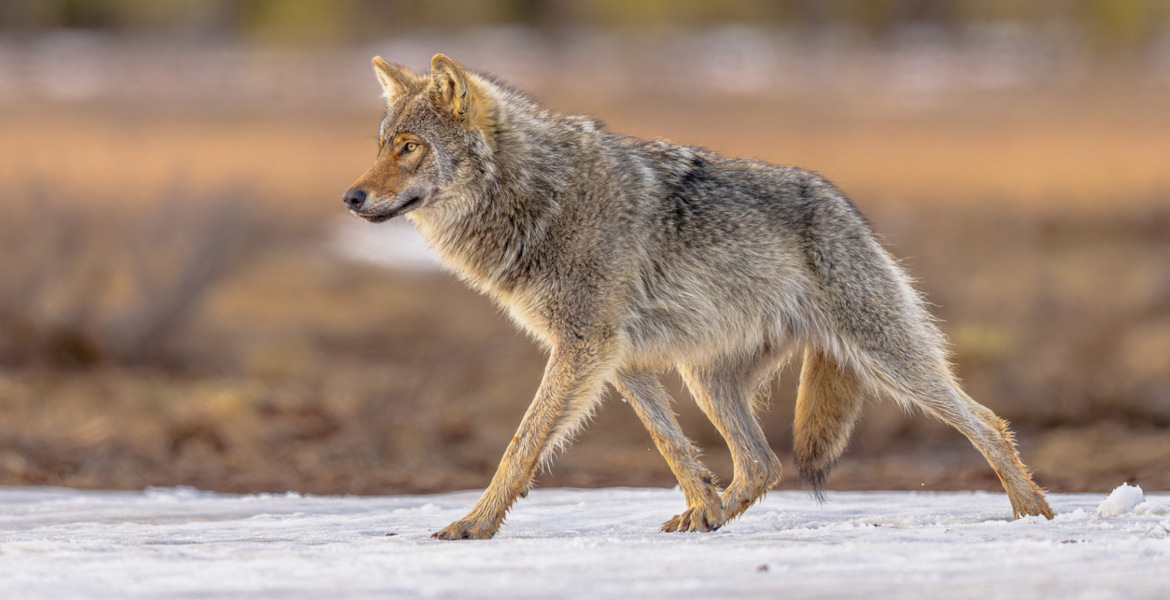According to a new report by the Social Democratic Kalevi Sorsa Foundation, the well-being of Finns has deteriorated drastically since 2020.
The report, which consists of seven articles and is based on the work of 15 researchers, examines various aspects of Finns' well-being. It covers everything from the income development of families with children and the impact of gender and age on voting behaviour to the integration of young immigrants and intergenerational income mobility.
The data also suggest that the psychological well-being of Finns has declined significantly in recent years. In 2016, for example, 82 percent of respondents said they felt happy quite often or always, a figure that remained relatively high until 2020. By the turn of the year 2022-2023, the proportion was 57%. In addition, the proportion of people who felt happy very rarely or never increased from 8% to 12.5% between 2020 and 2022.
According to the researchers, the deterioration is due to all the crises that have occurred in recent years, which have also affected the economy with higher costs of living, such as the coronavirus crisis and the war in Ukraine.
– We live in a multi-crisis world, where several simultaneous crises are interlinked and mutually reinforcing. This is also reflected in welfare, as the crises of recent years have driven up the cost of living and the threat of war casts a shadow over the future. At the same time, statistics show that people's social mobility has worsened, says Anna Rajavuori, a political scientist and inequality expert at the Kalevi Sorsa Foundation, in a press release.
Well-being in Finland is said to have worsened for all population groups, but young people in particular feel worse than before. The researchers warn that young people's dissatisfaction must be taken seriously.
– It can lead to an accumulation of different types of problems that become increasingly difficult and expensive to solve, says one of the researchers, Markus Laaninen.




